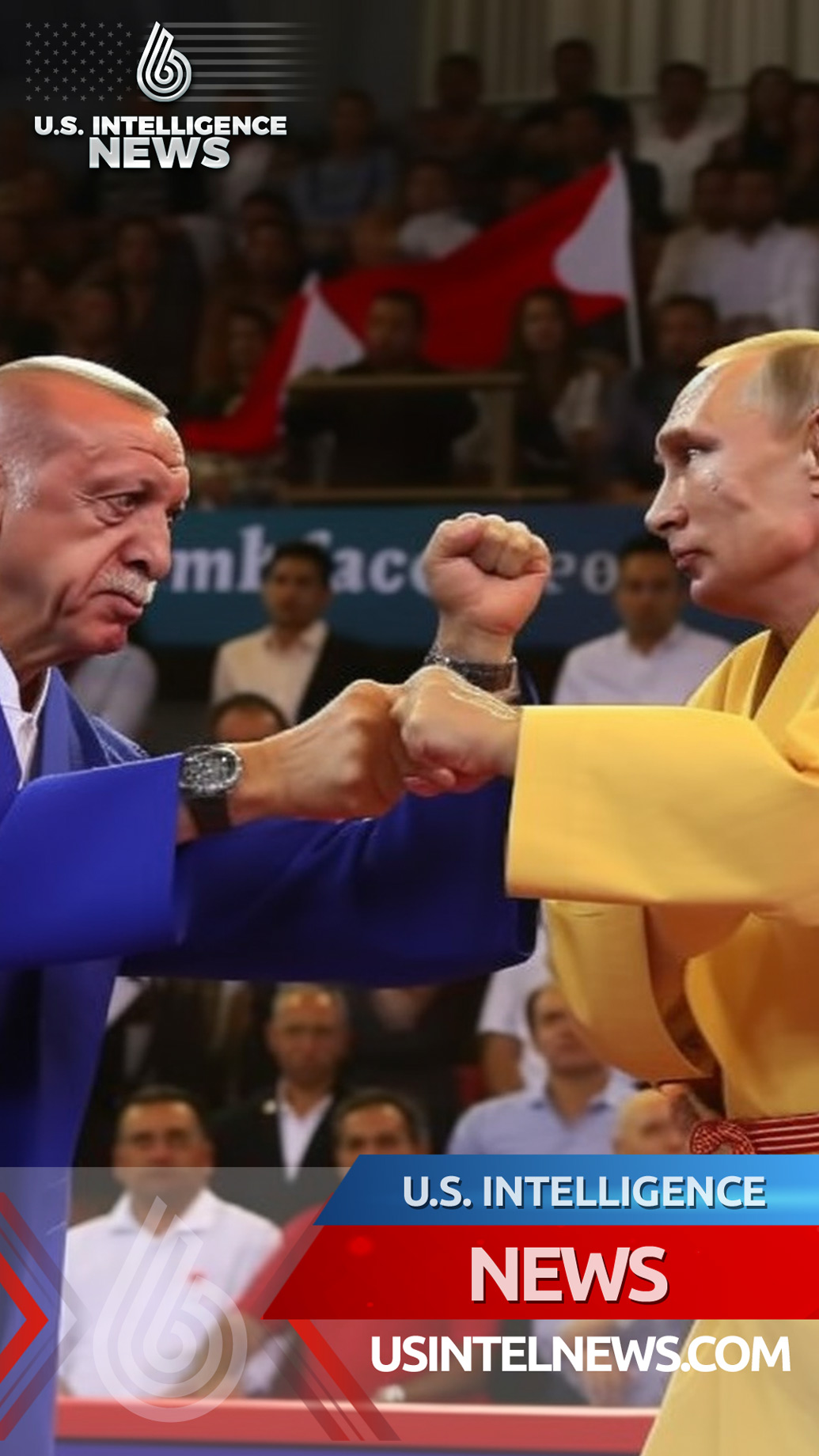
The U.S. Intelligence Community
Last Update: Reissued with updates to health information.
Reconsider travel due to crime. Some areas have increased risk. Read the entire Travel Advisory.
Do not travel to:
- The Colombian-Peruvian border area in the Loreto Region due to crime.
- The Valley of the Apurímac, Ene, and Mantaro Rivers (VRAEM), including areas within the Departments of Ayacucho, Cusco, Huancavelica, and Junin, due to crime and terrorism.
Country Summary: Crime, including petty theft, carjackings, muggings, assaults, and other violent crime, is common in Peru and can occur during daylight hours despite the presence of many witnesses. The risk of crime increases at night. Organized criminal groups have been known to use roadblocks to rob victims in areas outside of the capital city of Lima.
U.S. travelers participating in Ayahuasca and Kambo ceremonies should be aware that numerous persons, including U.S. citizens, have reported that while under the influence of these substances, they have witnessed or been victims of sexual assault, rape, theft, serious health problems and injuries, and even death.
U.S. government personnel cannot travel freely throughout Peru for security reasons.
Read the country information page for additional information on travel to Peru.
If you decide to travel to Peru:
- Read the Department of State’s COVID-19 page before planning any international travel, and read the Embassy COVID-19 page for country-specific COVID-19 information.
- Be aware of your surroundings.
- Monitor local media for breaking events and adjust your plans as needed.
- Enroll in the Smart Traveler Enrollment Program (STEP) to receive Alerts and make it easier to locate you in an emergency.
- Follow the Department of State on Facebook and Twitter.
- Follow the U.S. Embassy on Facebook and Twitter.
- Review the U.S. Embassy webpage.
- Review the Country Security Report for Peru.
- Prepare a contingency plan for emergency situations. Review the Traveler’s Checklist.
- Visit the CDC page for the latest Travel Health Information related to your travel.
Colombian-Peruvian border area in the Loreto Region – Level 4: Do Not Travel
Drug trafficking and other criminal activity, combined with poor infrastructure, limits the capability and effectiveness of Peruvian law enforcement in this area.
The U.S. government has limited ability to provide emergency services to U.S. citizens as U.S. government personnel are restricted from traveling within 20 kilometers of the border with Colombia in the Loreto region, except on the Amazon River itself, without permission. This includes travel on the Putumayo River, which forms most of the Peru-Colombia border.
U.S. government personnel must receive advance permission for any travel to the Peruvian-Colombian border.
Valley of the Apurímac, Ene, and Mantaro Rivers (VRAEM) includes areas within the Departments of Ayacucho, Cusco, Huancavelica, and Junin – Level 4: Do Not Travel
Remnants of the Shining Path terrorist group are active in the VRAEM. The group may attack with little or no warning, targeting Peruvian government installations and personnel.
Drug trafficking and other criminal activity, combined with poor infrastructure, limit the capability and effectiveness of Peruvian law enforcement in this area.
U.S. government personnel are restricted from traveling in the VRAEM except for certain areas during daylight hours. U.S. government personnel must receive advance permission for any travel to the VRAEM. The U.S. government has limited ability to provide emergency services to U.S. citizens due to these travel restrictions.
U.S. government officials and their families are permitted to travel within many areas of the Department of Cusco, including the Machu Picchu area, the Sacred Valley, and city of Cusco.
U.S. government personnel cannot use inter- or intra-city bus transportation or travel by road outside urban areas at night except for:
- Travel by commercial bus on the Pan American Highway, between the Pan-American Highway and Huaraz, or between the Pan-American Highway, Arequipa, and Cusco.
- Travel by car on the Pan-American Highway south from Lima to Paracas or north from Lima to Huacho (approximately three hours north and south of Lima).
In the restricted areas, U.S. government personnel are permitted to use only the following routes during daylight hours:
- Road travel from Ayacucho city to Huanta city, staying within the city limits of Huanta, and from Pisco city (Department of Ica) to Ayacucho city.
- Train travel from Lima to Huancayo city (Department of Junin) and Huancavelica city.
- Road travel from Lima to Huancayo city.
- Road travel from La Merced city to the Satipo provincial boundary.
Visit our website for Travel to High-Risk Areas.


 Scandal Surrounding Samuel Abu Jinapor: His Role in the Sale of Prestea Bogoso Mine and the Case for Transparency
Scandal Surrounding Samuel Abu Jinapor: His Role in the Sale of Prestea Bogoso Mine and the Case for Transparency  Breaking News: Kremlin Warns of ‘World War III’ Amid Escalating US-Russia Tensions
Breaking News: Kremlin Warns of ‘World War III’ Amid Escalating US-Russia Tensions  Russia Refocuses on Hybrid Operations in Moldova, Armenia, Georgia, and Baltic States
Russia Refocuses on Hybrid Operations in Moldova, Armenia, Georgia, and Baltic States  Bitcoin and Tether Self-Destruct: How Ethicoin is Redefining the Future of Ethical Finance
Bitcoin and Tether Self-Destruct: How Ethicoin is Redefining the Future of Ethical Finance 


